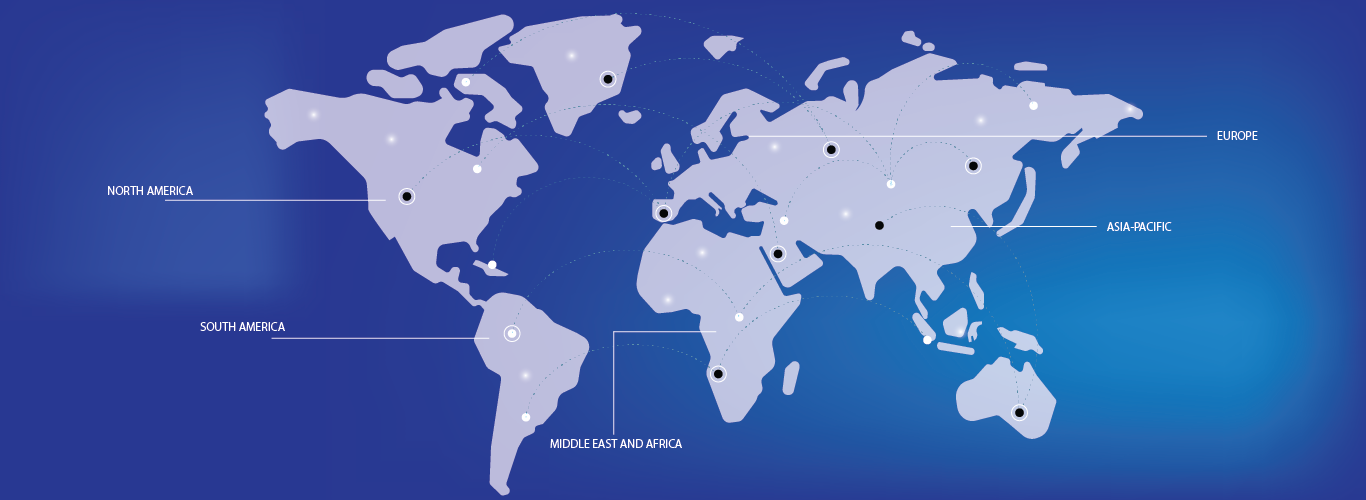The endoscopic visualization systems market has seen notable advancements in technology, particularly with the development of 4K and 3D imaging systems. These high-definition systems provide enhanced image quality, allowing for better diagnosis and precision during minimally invasive surgeries. The integration of robotic-assisted endoscopy and augmented reality (AR) is also revolutionizing the market, improving visualization and surgical outcomes. AI and machine learning algorithms are being incorporated to assist with image interpretation, helping surgeons in real-time decision-making and improving patient safety.
The growth of the endoscopic visualization systems market is driven by the increasing demand for minimally invasive surgeries, which offer faster recovery times, reduced hospital stays, and lower healthcare costs. In addition, technological advancements in flexible endoscopes and high-definition video processors have improved the effectiveness of these systems. The rising prevalence of chronic diseases, such as cancer and gastrointestinal disorders, further contributes to market expansion, as endoscopic procedures are increasingly used for diagnosis and treatment.
The growing focus on patient-centric care and the increasing preference for non-invasive techniques are expected to continue to drive market growth.




